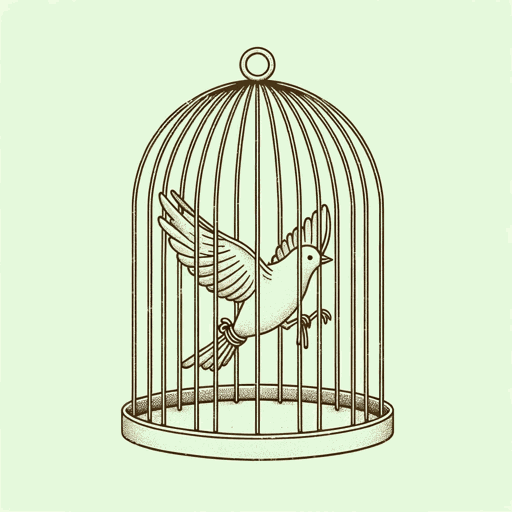38 pages • 1 hour read
Maya AngelouCaged Bird
Fiction | Poem | Adult | Published in 1983A modern alternative to SparkNotes and CliffsNotes, SuperSummary offers high-quality Study Guides with detailed chapter summaries and analysis of major themes, characters, and more. For select classroom titles, we also provide Teaching Guides with discussion and quiz questions to prompt student engagement.
Literary Device Questions
1. What literary devices does the poet use to contrast freedom and captivity?
A) Rhyme scheme
B) Hyperbole
C) Personification
D) Extended metaphor
2. To what literary work does the “caged bird” make an allusion?
A) “Ode to a Nightingale” by John Keats: “Singest of summer in full-throated ease”
B) “To a Skylark” by Percy Bysshe Shelley: “And singing still dost soar, and soaring ever singest”
C) “Sympathy” by Paul Laurence Dunbar: “he must fly back to his perch and cling”
D) “Hope is a thing with feathers” by Emily Dickinson: “And sweetest – in the Gale – is heard”
3. What is the effect of the enjambment in Stanza 1?
A) It mimics flying.
B) It echoes the stream.
C) It moves the current.
D) It brightens the sun.
4. Why does Stanza 3 repeat?
A) It creates the musical and religious lyricism of the poem.
B) It emphasizes that the bird does not yet have its freedom.
C) It focuses the poem on the caged bird above the free bird.
D) It shows contrast between the free wind and the captive ground.
5. What is the effect of alliteration in the following line: “and the trade winds soft through the sighing trees”?
A) The repeating /t/ sound contrasts soft and hard.
B) The repeating /s/ sound echoes sighing.
C) The repeating /th/ sound creates rhythm.
D) The repeating long vowel sound /ee/ lengthens the line.
Related Titles
By Maya Angelou
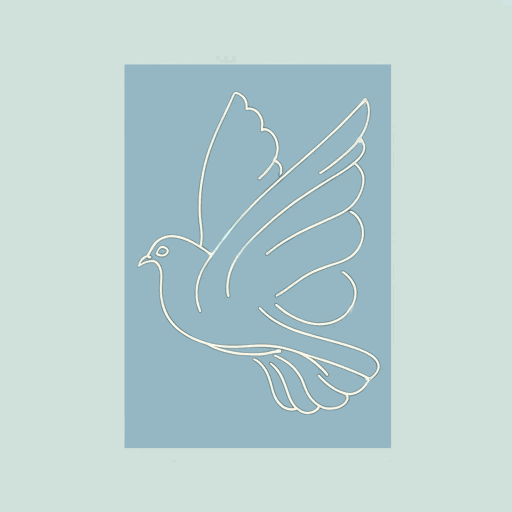
A Brave And Startling Truth
Maya Angelou

All God's Children Need Traveling Shoes
Maya Angelou

A Song Flung Up to Heaven
Maya Angelou

Gather Together in My Name
Maya Angelou

I Know Why The Caged Bird Sings
Maya Angelou

Letter to My Daughter
Maya Angelou
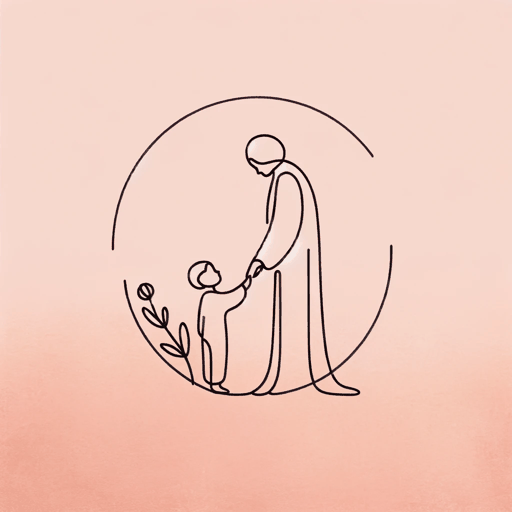
Mom & Me & Mom
Maya Angelou
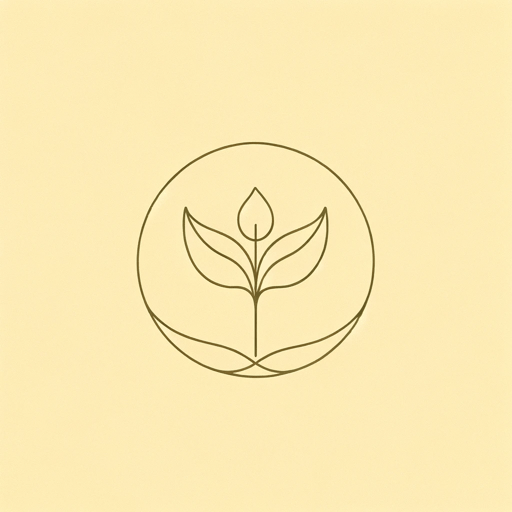
Mother, A Cradle to Hold Me
Maya Angelou
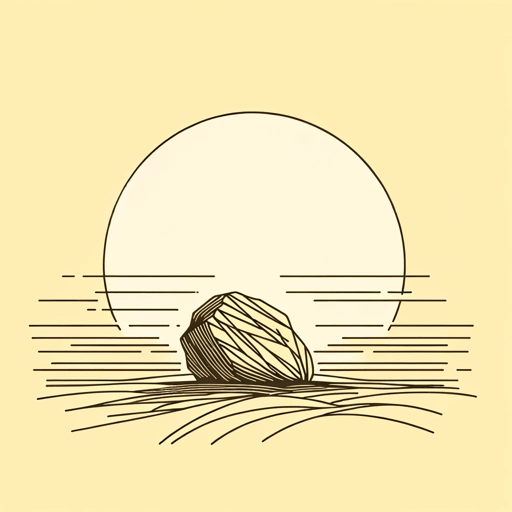
On the Pulse of Morning
Maya Angelou

Phenomenal Woman
Maya Angelou

Still I Rise
Maya Angelou
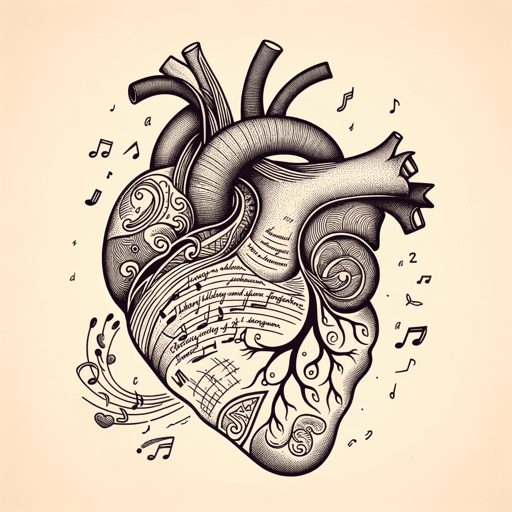
The Heart of a Woman
Maya Angelou
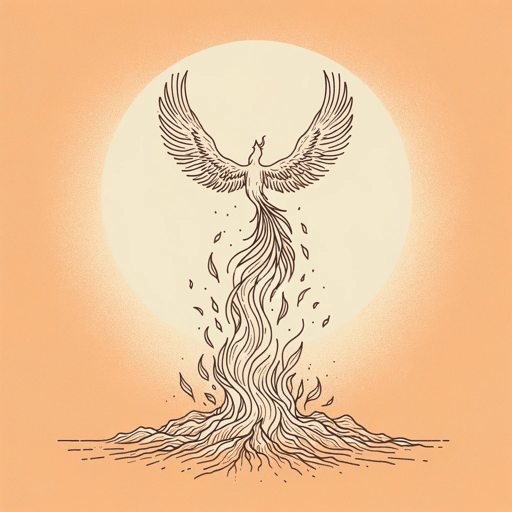
The Lesson
Maya Angelou
